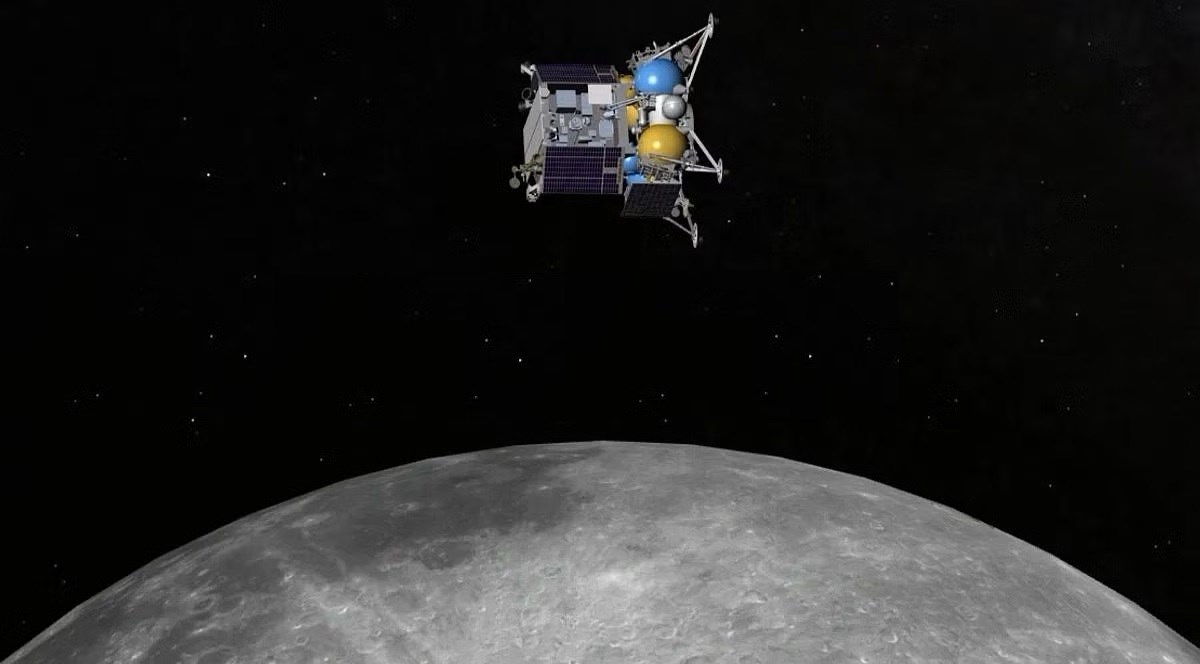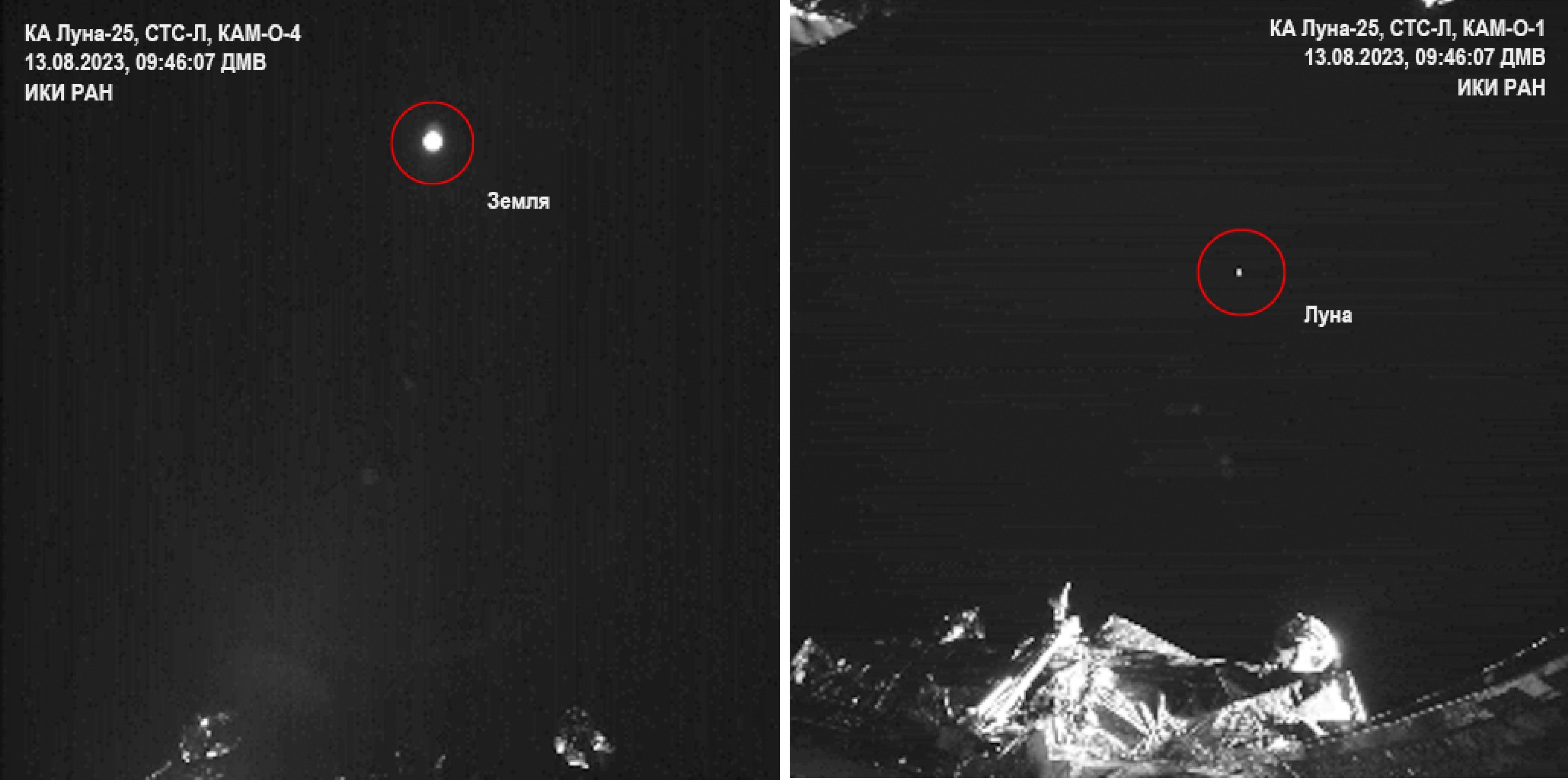 Russia recently returned to the Moon after an absence of almost 47 years. The recently launched Luna-25 spacecraft successfully entered lunar orbit on August 16. Luna-24, Russia’s last lunar mission, entered lunar orbit in 1976.
Russia recently returned to the Moon after an absence of almost 47 years. The recently launched Luna-25 spacecraft successfully entered lunar orbit on August 16. Luna-24, Russia’s last lunar mission, entered lunar orbit in 1976.Russia’s spacecraft orbiting the Moon
In the statement made by Roskosmos, it was stated that all Luna-25 systems were operating normally and communication with the spacecraft was stable. Launched on August 10, Luna-25 will continue to orbit the Moon for at least five days before making a soft landing on the Moon’s south pole on August 21.
It is important that the Luna-25 enter orbit, especially if Russia achieves this as a first after the Soviet era. Because Luna-25 is not just a mission, it is part of a much broader strategy of Russia extending 10 years later. However, no country has ever landed on the difficult terrain at the Moon’s south pole. While Russia is aiming for August 21, India’s Chandrayaan-3 is currently on its way and is aiming to land on August 23.
Luna-25 will run for a year
 The lander, the size of a small car, will spend quite a long time at least a year at the Moon’s south pole to explore evidence of frozen water. Compared to Russia, India’s lander and rover will operate for approximately one Lunar day, equivalent to 14 Earth days. The image to the left of the image just above shows the Earth taken by Luna-25. Moon on the right.
The lander, the size of a small car, will spend quite a long time at least a year at the Moon’s south pole to explore evidence of frozen water. Compared to Russia, India’s lander and rover will operate for approximately one Lunar day, equivalent to 14 Earth days. The image to the left of the image just above shows the Earth taken by Luna-25. Moon on the right.During this time, Luna-25 will collect data on the lunar soil, search for frozen water, and study the Moon’s ultra-thin atmosphere with instruments made up of eight sophisticated science instruments. Numerous space organizations, including the United States and China, have set the South Pole as their target region because of its pristine landscape that has remained the same for billions of years. In addition, the region is constantly exposed to darkness, protecting its frozen water reserve.
Studying the South Pole can help us learn more about Earth’s origin and early years, and extract valuable resources and minerals for future space colonies.